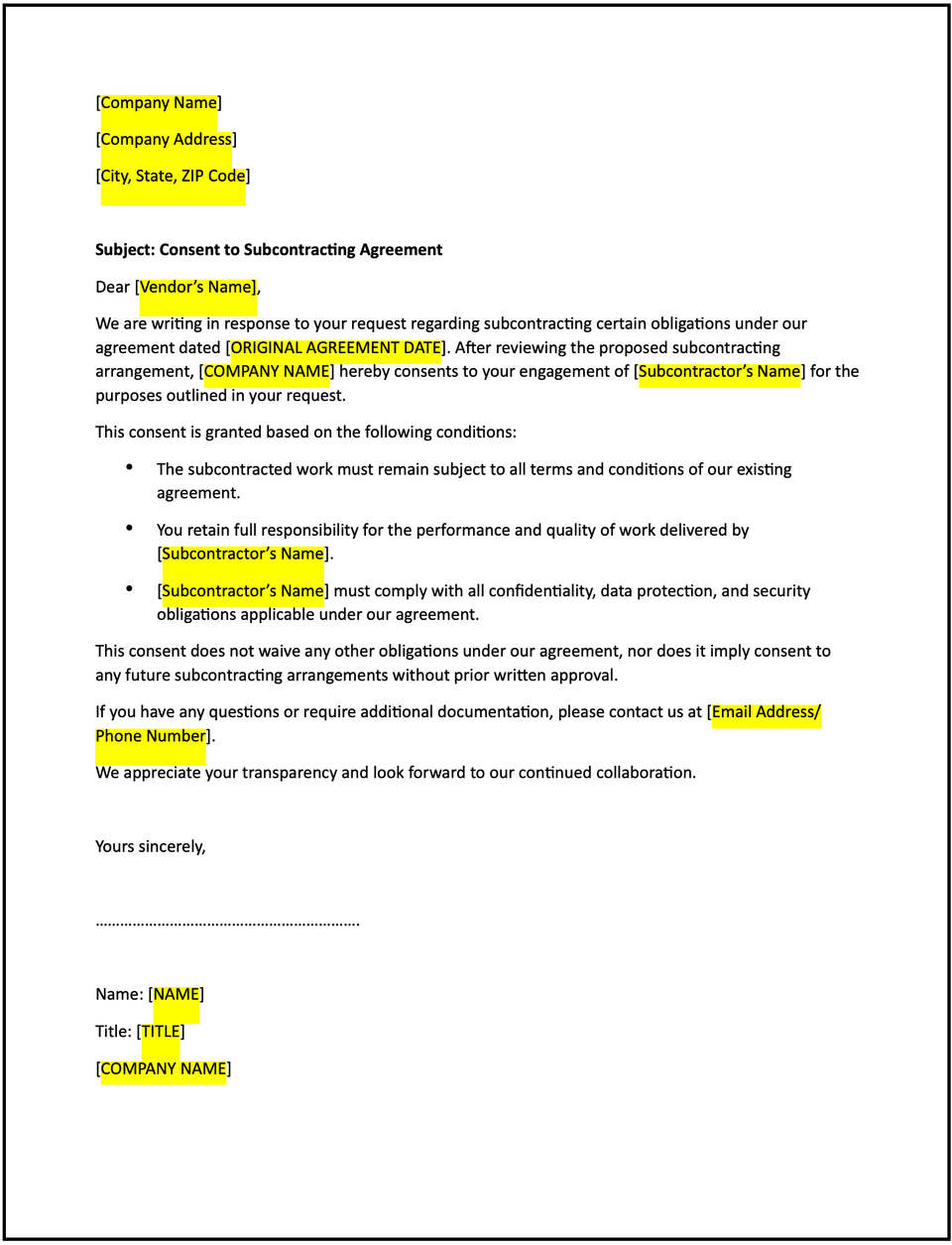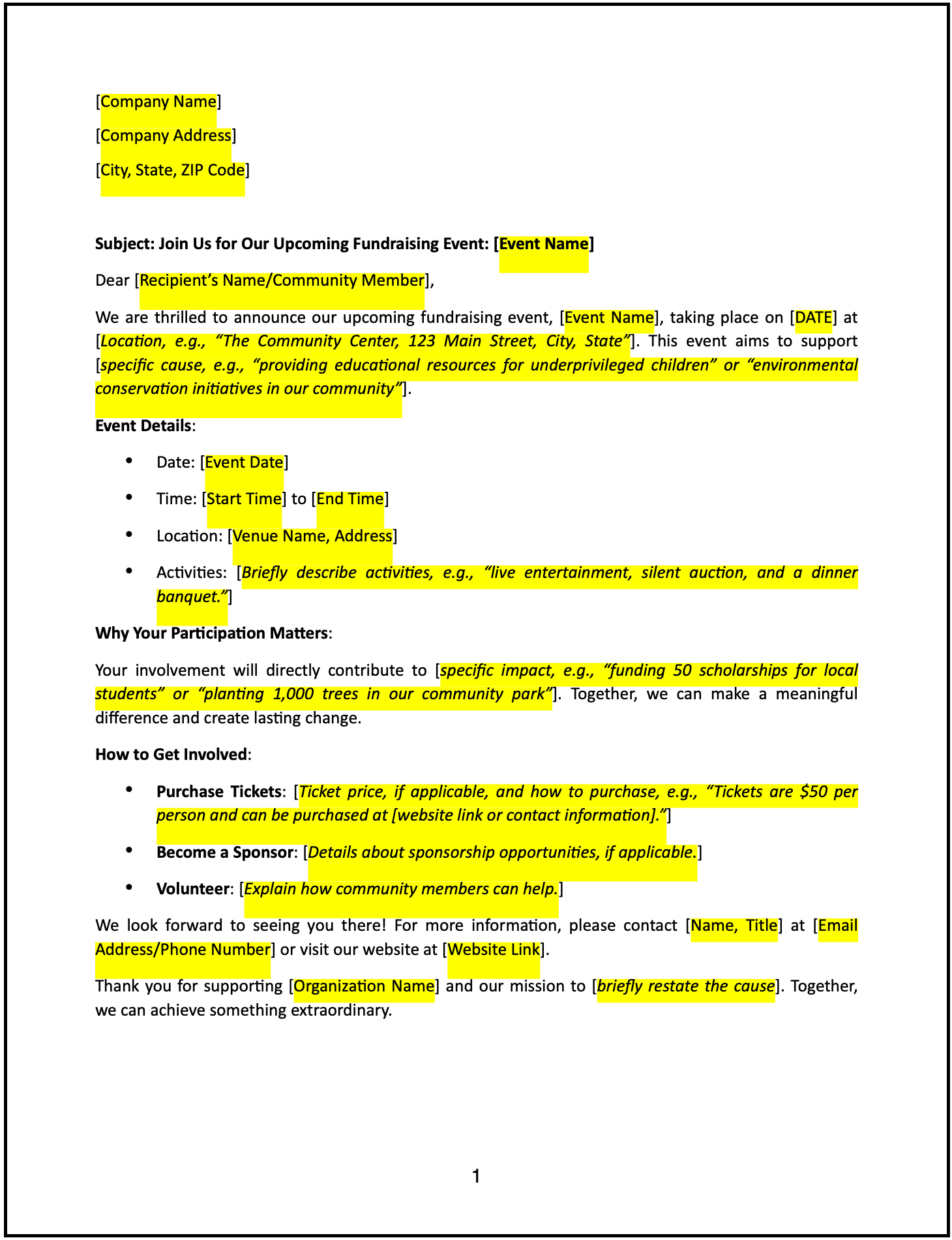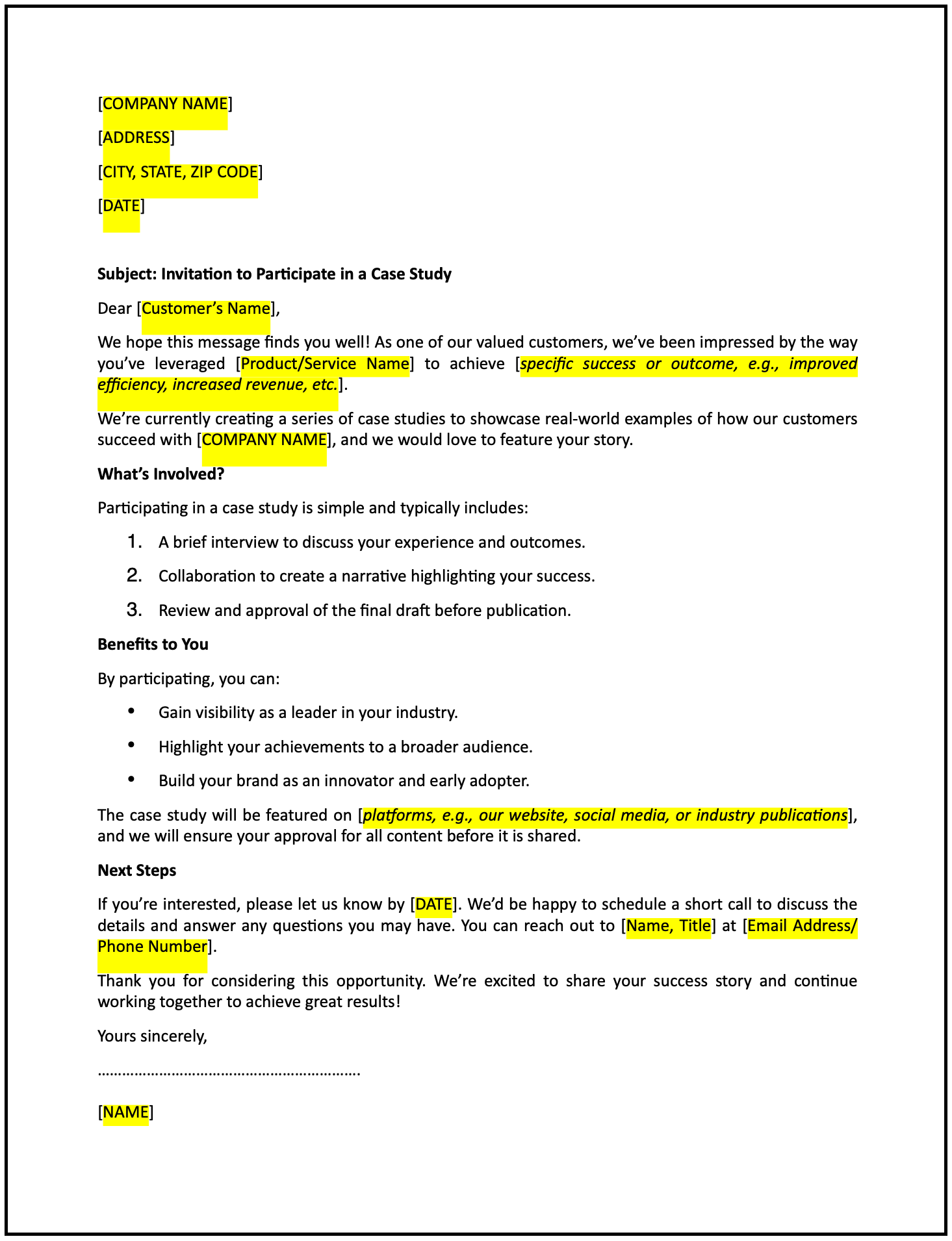Consent to subcontracting agreement letter: Free template

Consent to subcontracting agreement letter
A consent to subcontracting agreement letter is a formal communication used to confirm that one party agrees to allow the other party to engage a subcontractor to perform part of the contracted work. This letter typically outlines the terms under which subcontracting is permitted, references the original agreement, and may specify any conditions, limitations, or expectations.
This type of letter ensures that subcontracting is formally authorized in accordance with the main agreement and helps maintain oversight, quality, and accountability.
How to use this consent to subcontracting agreement letter
- Open with an introduction: Address the recipient respectfully and reference the original contract by title and effective date.
- State the purpose: Clearly explain that the letter grants formal consent to subcontracting a portion of the work under the original agreement.
- Identify the subcontractor: Provide the name of the proposed subcontractor and a brief description of the scope of work they will perform.
- Confirm compliance: State that the subcontracting arrangement must comply with the terms of the original agreement, including confidentiality, liability, and performance obligations.
- Outline any conditions: If applicable, include specific requirements or limitations, such as prior approval for changes, direct oversight, or access to project records.
- Reaffirm responsibilities: Make clear that the original contracting party remains fully responsible for the subcontractor’s work and for meeting all obligations under the agreement.
- Maintain a professional tone: Keep the language clear, direct, and respectful throughout the letter.
- Provide contact information: Include your name, role, organization, phone number, and email address in case the recipient has follow-up questions.
Benefits of using a consent to subcontracting agreement letter
- Promotes transparency: Clearly documents approval and expectations around subcontracting activities.
- Reflects professionalism: Demonstrates good contract governance and communication practices.
- Supports quality control: Ensures that subcontracting arrangements align with the original contract’s performance standards.
- Maintains accountability: Clarifies that the contracting party remains responsible for all work delivered, even if subcontracted.
- Minimizes disputes: Establishes written confirmation to prevent misunderstandings about scope, responsibility, or authority.
Tips for writing an effective consent to subcontracting agreement letter
- Be specific: Identify the subcontractor, describe their role, and reference the relevant provisions of the contract.
- Use professional language: Maintain a clear and neutral tone focused on clarity and business needs.
- Provide context: Explain why the subcontracting request was reviewed and approved.
- Highlight expectations: Reinforce that subcontracting does not release the original party from contractual obligations.
- Include actionable details: Specify any additional reporting, oversight, or access rights that will apply to the subcontracted work.
- Keep it concise: Stick to the key points while ensuring clarity and formality.
Frequently asked questions (FAQs)
Q: What details should I include in this letter?
A: Include the original contract reference, subcontractor name, scope of subcontracted work, conditions of approval, and confirmation of continued responsibility.
Q: Should I personalize the letter?
A: Yes. Use the recipient’s name and reference the specific project or agreement for clarity and professionalism.
Q: Who typically sends this letter?
A: Legal teams, contract managers, or business owners granting formal consent to subcontracting under an active agreement.
Q: How formal should this letter be?
A: The letter should be formal and precise, especially when related to contractual or legal obligations.
Q: When should this letter be sent?
A: After reviewing the subcontracting request and confirming that it aligns with contract terms and project requirements.
Q: Can this letter include ongoing oversight requirements?
A: Yes. You can specify access to records, progress reporting, or performance review rights as part of the consent.
Q: Is acknowledgment from the recipient required?
A: While not always required, it may be useful to request written confirmation that the terms of consent are understood and accepted.
This article contains general legal information and does not contain legal advice. Cobrief is not a law firm or a substitute for an attorney or law firm. The law is complex and changes often. For legal advice, please ask a lawyer.


